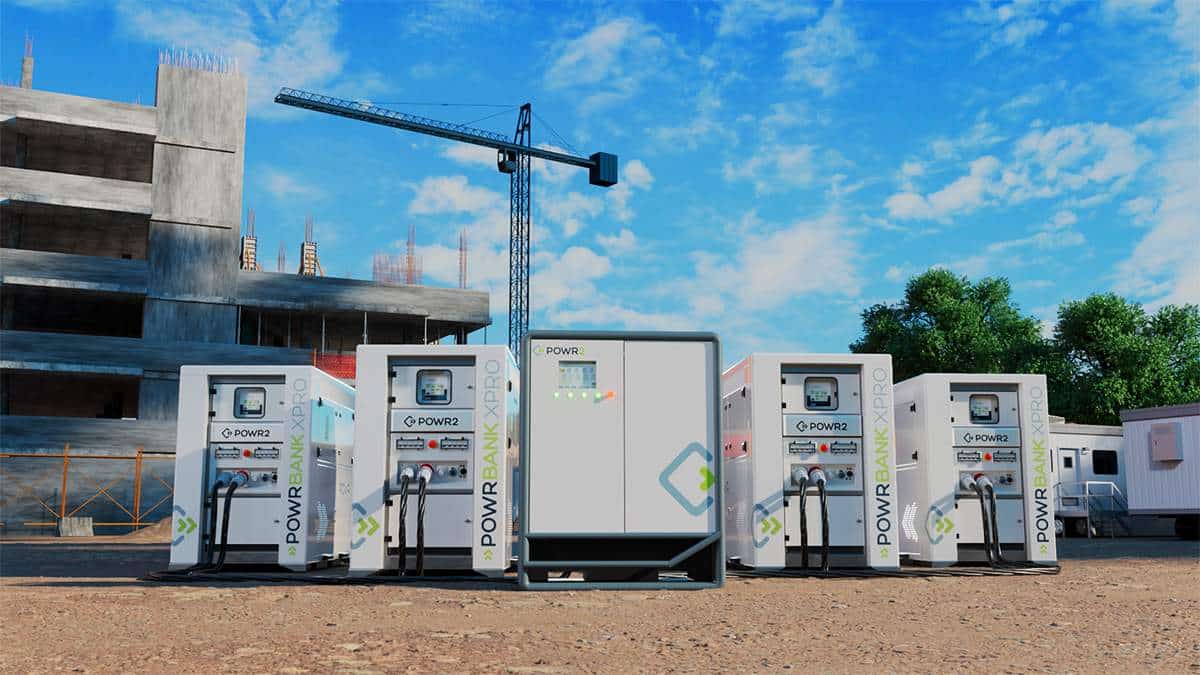Pick the Perfect Power Source for Your Specific Operations
Sizing Power to Application
By Jim Siffring
Generators are necessary in a myriad of markets, from oil and gas to construction and rental, providing the energy and support for tools to run and run well. Sizing a generator is incredibly important, and so often — especially in the rental market — we see contractors sizing the generator incorrectly, thinking they need more power than what is actually necessary.
Typically, the biggest issue when sizing a generator is motor starting. Motor loads can be difficult to estimate because it takes a lot to start an electric motor. Traditionally, generators are sized based on the starting requirements of a motor. This often means it is oversized for the motor running load. What we are finding with the Tier 4 Interim and some of the later emissions-compliant engines is that they really need heat to work well. All diesel generators prefer to be running hard and be loaded heavier as opposed to carrying lighter loads. The trouble with this is by procuring a generator that is larger than needed for the application at hand, when the motor is running, it’s not creating enough load to keep the engine running well.
What we are finding in many places, especially in rental, is people guessing the sizing and always going the next size up. An example that we see all the time in rental is someone who needs a 20-kW generator for an application goes to the local rental store thinking he needs the next size up with a 30-kW generator. The rental store only has a 50-kW generator on hand, but offers it to the customer for the same price as a 30-kW generator. The customer uses the 50-kW generator, and it works well, so the next time he goes to rent, the rental store is out of 50-kW unit but has a 70-kW generator, so he goes with that one, not understanding that it isn’t ideal for the generator or necessary for the customer. By doing this, the generator will not produce enough heat to work efficiently and effectively like it’s meant to.
Generators are only going to create as much power as is required by the load, so essentially, someone may have ample power available but will end up using only up to what is required by the application. If the customer sizes it bigger than the generator set, the engine is not reaching its maximum potential; it’s just running lightly loaded, not building any heat or any load against it. Diesel engines run better when loaded, and it is recommended to always keep the generator at 50 percent of maximum load or higher, with a minimum 30 percent load. 50 percent load is better, and, if the operator can manage it, maintaining loads at the 70 percent range would be ideal, as the generator is working hard and producing plenty of heat, doing exactly what it should be doing.
One recommendation that will allow users to start the generator with increased ease is to install a soft start or variable frequency drive on the motor, which limits the starting, or inrush current. There are machines that come standard with AREP excitation whereas others have shunt or self-excited generators. AREP excitation gives 300 percent of max current output for motor starting while a shunt or self-excited generator will typically give around 180 percent max current for motor starting. A generator can be sized more appropriately by utilizing variable speed drives, variable frequency drives or soft starts on the motor.
There are many things to consider when sizing power to the application. For starters, do not oversize the generator more than what is necessary for the application. So many people who guess what size they need might actually want to side with the smaller size in order to keep the generator working harder. Sizing appropriately will help in other areas like fuel consumption as well.
Another tip is to look for generators that feature a good starting ability — anything that comes with auxiliary windings or PMG. Also, keep in mind the type of automatic voltage regulator. There are many kinds of voltage regulators and some are better than others at motor starting, so when purchasing or renting, make sure to see what kind of regulator the generator has equipped.
A final tip to keep the generator working hard: Look at sequencing the load steps if the total load is made up of several pieces of equipment. It is important to not energize all the loads at the same time. Start with the biggest loads first and work your way down to the smallest load. Finally — and this goes along with guessing the size — always ask a certified electrician or generator expert for help in sizing to ensure the correct generator for the job.
Sizing power to the application can be difficult, but it is best to stay on the conservative side and not go too much over in size for what is needed out on the jobsite. Generators are built to work hard and the more accurate the sizing is to the application, the greater the results.
Jim Siffring is a generator product manager with Chicago Pneumatic, based in Commerce City, Colo.




